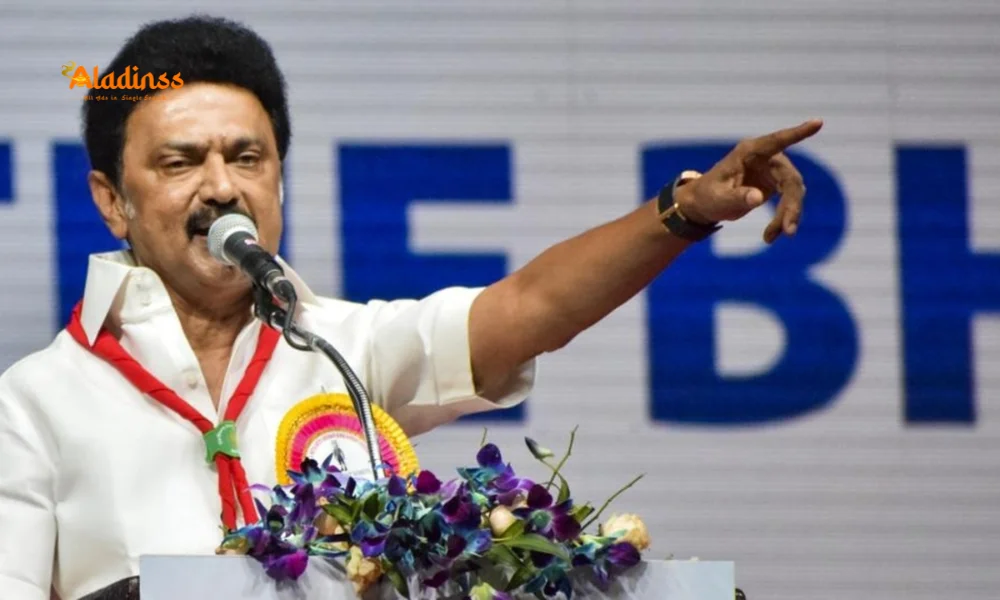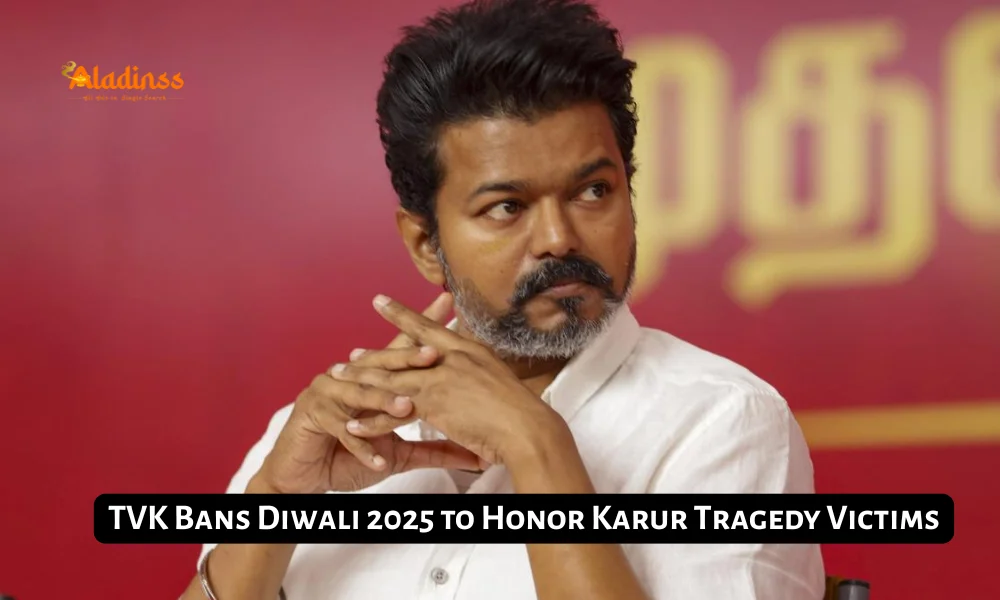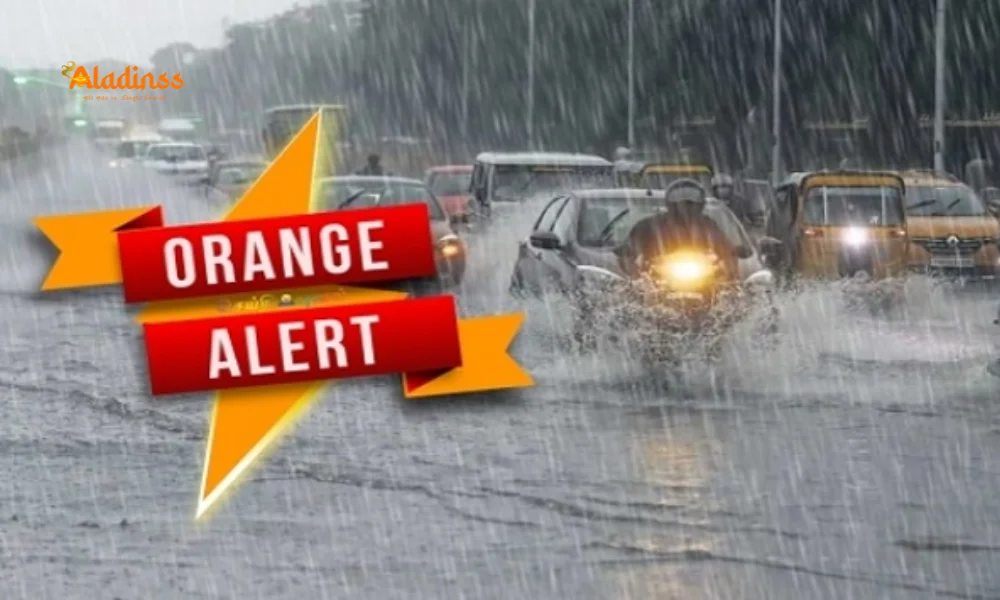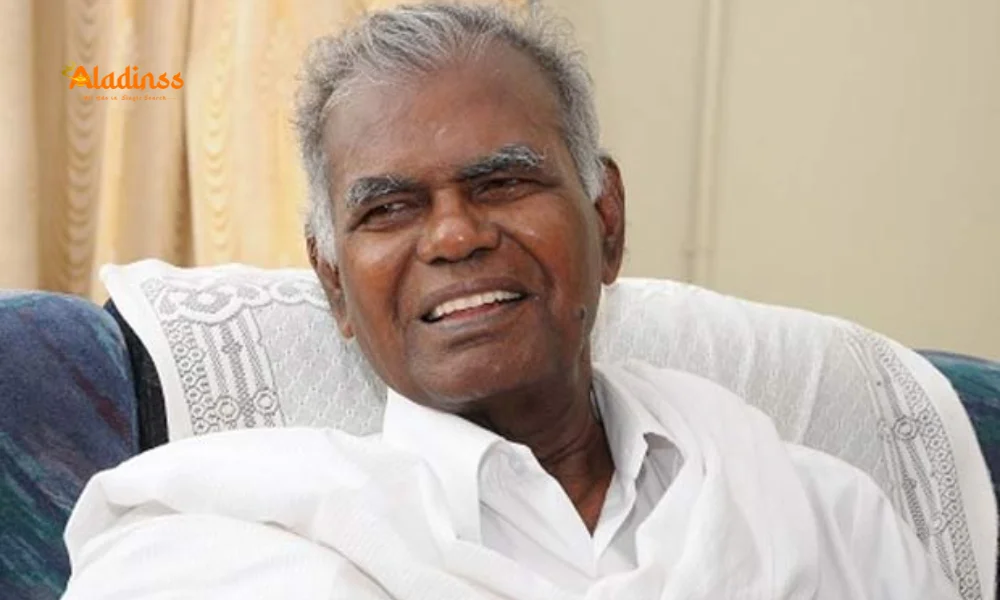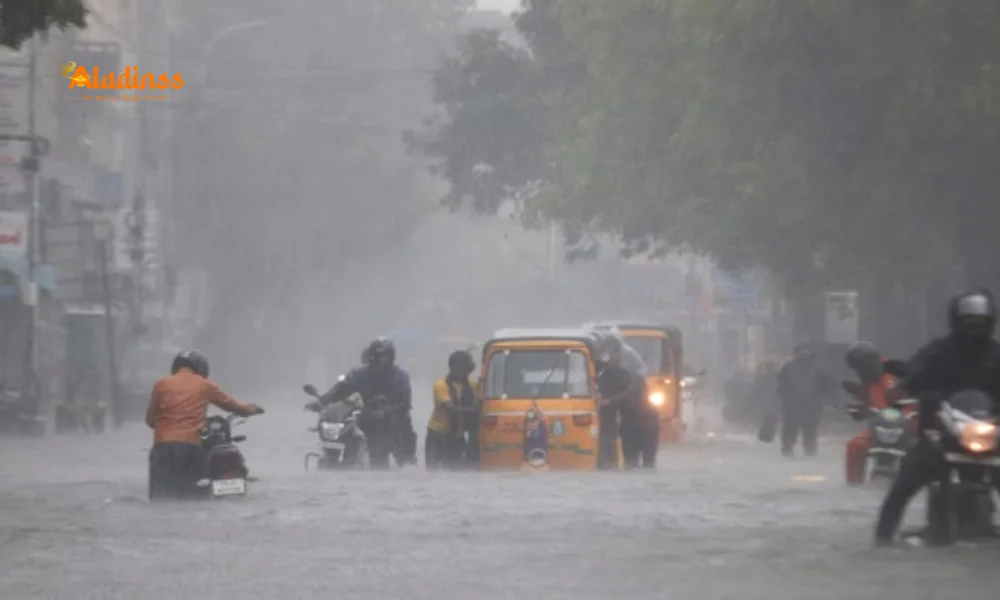Russia Hits Ukraine Grid: Blackouts in 8 Regions
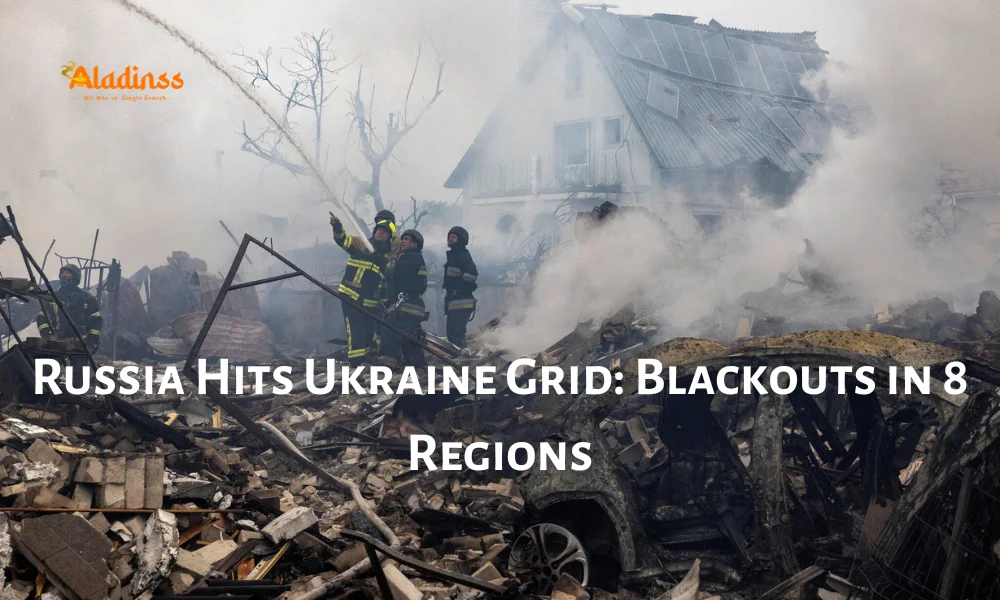
Russia's Massive Assault on Ukraine's Power Grid Triggers Blackouts in 8 Regions Amid Zelenskyy-Trump Summit
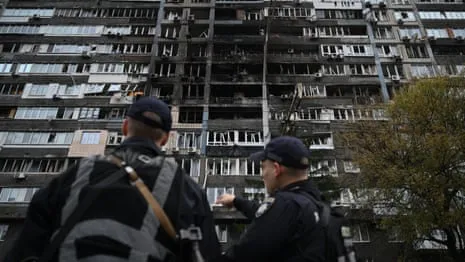
Ukraine plunged into darkness on October 16, 2025, as Russia unleashed one of its most ferocious barrages on the nation's energy infrastructure, deploying over 300 drones and 37 missiles in a calculated strike that left eight regions reeling from widespread blackouts. This Ukraine blackout Russia attack, described by officials as a deliberate escalation ahead of winter, crippled key power plants and transmission lines, affecting millions and exacerbating the humanitarian toll of the ongoing conflict. As temperatures drop, the assault highlights Moscow's strategy to dismantle Kyiv's resilience, forcing emergency measures and international pleas for bolstered defenses.
The overnight onslaught targeted facilities in Kyiv, Poltava, and beyond, with private energy giant DTEK reporting severe disruptions that halted natural gas operations and state-owned Naftogaz noting the sixth infrastructure hit this month alone. President Volodymyr Zelenskyy decried the assault as a "systematic campaign of terror," accusing Russia of deploying cluster munitions to maximize damage and impede repairs. This comes mere days after a similar strike disrupted power at the Chornobyl site on October 1, underscoring the persistent vulnerability of Ukraine's grid to aerial bombardments.
Ukrenergo, the national grid operator, confirmed outages across eight oblasts, with restoration efforts underway but hampered by repeated targeting. Zelenskyy's Telegram post lamented, "This fall, the Russians are using every single day to strike our energy infrastructure," framing the Ukraine blackout Russia attack as an act of weaponized winter denial, a charge echoed by Western allies but refuted by the Kremlin as precision strikes on military assets.
Also Read: Trump's Ultimatum to Hamas on Gaza Killings
Scale of the Onslaught: Drones, Missiles, and Cluster Munitions in Focus
The Ukraine blackout Russia attack marked a new peak in aerial intensity, with Zelenskyy detailing the launch of more than 300 Shahed-style drones alongside 37 missiles, many equipped with cluster warheads for broader devastation. These munitions, banned under international conventions for their indiscriminate nature, scattered submunitions over power substations and repair crews, complicating recovery in regions like Dnipropetrovsk and Kharkiv. Ukrainian air defenses intercepted about 80% of the drones, but the sheer volume overwhelmed systems, allowing strikes on at least a dozen facilities.
DTEK's facilities in Kyiv bore the brunt, with transformers and turbines damaged beyond immediate repair, leading to rolling blackouts that could persist for days. In Poltava, gas extraction halted entirely, threatening winter heating supplies. Naftogaz's repeated hits signal a pattern, with experts estimating a 20% dip in Ukraine's energy output since September, pushing the nation toward emergency imports from the EU.
This barrage follows the October 1 incident at Slavutych, where a missile severed power to Chornobyl's cooling systems for hours, raising global nuclear safety alarms. The IAEA condemned the vulnerability, urging fortified protections amid fears of radiological leaks.
Zelenskyy's Crucial Washington Visit: Seeking Missiles and Defenses
As the Ukraine blackout Russia attack unfolded, Zelenskyy geared up for his October 18 summit with President Donald Trump in Washington, a high-stakes bid to secure advanced weaponry against such assaults. Top on Kyiv's agenda: Patriot air defense batteries, long-range ATACMS missiles, and joint drone manufacturing pacts to counter Russia's drone swarms. Zelenskyy aims to lift US restrictions on strike depths into Russia, arguing parity with Moscow's Kinzhal hypersonics.
Trump's Thursday call with Vladimir Putin, focused on a potential Budapest meeting to "end the war," sets a diplomatic backdrop. In a Truth Social update, Trump hailed "great progress," teasing discussions with Zelenskyy on Putin's overtures. Yet, his administration's hesitance on escalation-fearing nuclear rhetoric-clashes with Ukraine's pleas, as the Institute for the Study of War advocates Tomahawk approvals to mirror Russian capabilities without broadening the theater.
- Air defenses: Additional Patriots to shield grid hotspots like Zaporizhzhia.
- Missiles: ATACMS for deep strikes on drone launch sites in Crimea.
- Sanctions: Harsher measures on Russian oil, bolstered by Modi's alleged import halt pledge.
Zelenskyy's delegation, including Economy Minister Yulia Svyrydenko, inked a Bell Textron deal for aviation tech transfer, including US training for Ukrainian engineers. Talks with Lockheed Martin and Raytheon eye domestic F-16 production, hedging against aid fluctuations under Trump's "America First" lens.
Weaponizing Winter: Russia's Grid Strikes and Ukraine's Retaliation
The Ukraine blackout Russia attack fits a grim seasonal pattern, with Moscow hammering the grid to induce civilian hardship as frost sets in. Kyiv accuses Putin of "weaponizing winter," a tactic that felled 50% of Ukraine's power capacity last year, per Energy Ministry data. Russia's denials ring hollow against satellite imagery showing deliberate substation targeting, far from frontlines.
In riposte, Ukraine's drones hammered Saratov's oil refinery-the second such hit in two months-disrupting 5% of Russia's refining output and spiking global crude prices 1.5%. Zelenskyy's X post from Kryvyi Rih decried a parallel drone swarm on civilian sites, vowing resilience: "Nothing has changed for Russia-it is still terrorizing life in Ukraine."
This cat-and-mouse escalates the energy war, with Ukraine's asymmetric strikes eroding Moscow's $300 billion war chest while bracing for blackouts that could displace 4 million this winter.
Trump-Putin Dialogue: Prospects for Peace or Posturing?
Trump's overture to Putin-via a 45-minute call-hints at shuttle diplomacy, with Budapest as a neutral venue for trilateral talks involving Zelenskyy. Trump's optimism-"great progress"-contrasts Putin's stonewalling on territorial concessions, demanding NATO renunciation. Defense Secretary Pete Hegseth's warning of "costs" if talks falter signals leverage via sanctions and arms flows.
Modi's reported oil import curb, per Trump, could slash Russia's $100 billion petrodollar lifeline, amplifying pressure. Yet, skeptics view the Budapest summit as theater, given Russia's 2024 territorial grabs in Donetsk and Luhansk.
Zelenskyy's summit timing leverages the assault's immediacy, framing aid requests as defensive imperatives against the Ukraine blackout Russia attack.
Humanitarian Toll and Global Echoes of the Energy Assault
Beyond circuits, the Ukraine blackout Russia attack imperils hospitals, water pumps, and schools, with UNICEF warning of child hypothermia risks. Eight oblasts-spanning east to center-face 12-48 hour outages, straining generators amid fuel shortages. EU pledges 500 MW imports via reverse flows, but logistics lag.
Globally, the strike ripples through markets, with European gas futures up 3% and NATO reinforcing eastern flanks. Zelenskyy's pleas resonate in Washington, where bipartisan support for Ukraine wanes but energy security unites.
As repairs grind on, this assault tests Ukraine's fortitude, with Zelenskyy's DC mission a beacon for survival in the shadows of war.
Comment / Reply From
No comments yet. Be the first to comment!
